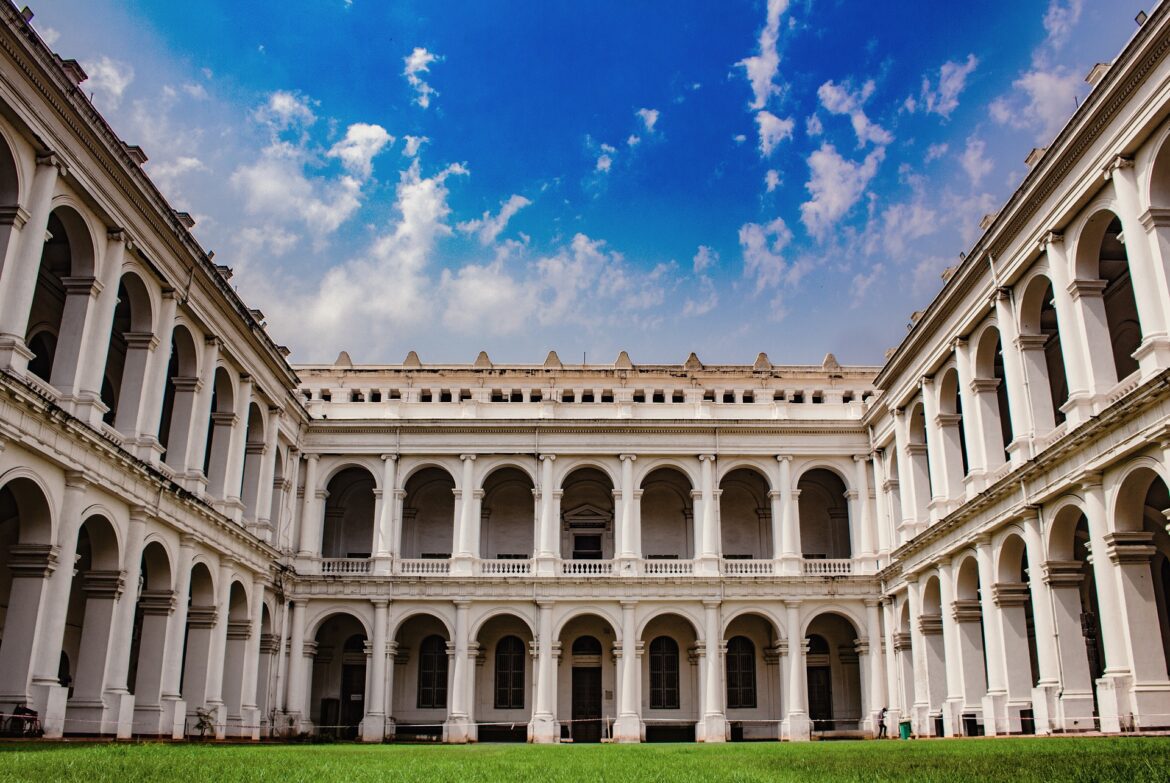The diversified and breathtaking art and architecture scene of India, a country known for its extensive cultural heritage, is a reflection of its long past and vivacious customs. India continues to enthrall tourists from all over the world with its aesthetic and architectural marvels, which range from detailed temple sculptures to regal forts and palaces. In this article, we will embark on a journey through the realms of Indian art and architecture, exploring the magnificent treasures that make the country a true haven for art enthusiasts and history lovers.
Ancient Art and Architecture:
India has a long history of artistic creation, with the Indus Valley Civilization being one of the country’s earliest examples. The magnificent murals and rock-cut sculptures showing religious themes can be found in the caves of Ajanta and Ellora, which date to the second century BCE. These works of art offer a window into the intricate cultural fabric of ancient India.
Temple Architecture:
The temple architecture of India, which combines meticulous craftsmanship and spiritual symbolism, is among its most notable features. Khajuraho is known for its elaborate stone carvings of legendary and sensual themes in its temples, which are devoted to numerous Hindu deities. Intriguing for its architectural splendour and attention to detail are the temple complexes at Hampi, Konark, and Meenakshi Amman, which are breathtakingly beautiful.
Mughal Architecture:
Indian architecture will forever bear the imprint of the Mughal dynasty, which controlled the country from the 16th to the 19th century. Emperor Shah Jahan constructed the famous Taj Mahal in Agra as a symbol of love. It is a UNESCO World Heritage site and the pinnacle of Mughal architecture. It is an architectural masterpiece due to its magnificent marble façade, dexterous inlay work, and symmetrical layout. The Red Fort in Delhi and the Jama Masjid, one of the biggest mosques in India, are two further noteworthy examples of Mughal architecture.
Colonial Influence:
India’s art and architecture were significantly influenced by the colonial era. Grand Victorian structures that combine Indian and Western architectural features are a legacy of the British Raj. As well-known representations of the colonial era, the Victoria Memorial in Kolkata and the Gateway of India in Mumbai stand today. These architectural wonders skillfully combine Indian elegance with European grandeur.
Regional Diversity:
India’s enormous geographic size contributes to the variety of regional architectural and artistic traditions. Each region offers a distinctive artistic experience, from the delicately carved wooden havelis of Rajasthan to the historic rock-cut caves of Maharashtra. The exquisite, miniature paintings of the Mughal era in North India are different from the Dravidian-style temples of South India, which stand out due to their towering gopurams (entry gateways) and vibrantly painted statues. Investigating these local differences is an interesting adventure in and of itself.
Modern and Contemporary Art:
India’s art landscape has recently undergone a lively transformation. Numerous museums and art galleries in the nation display modern works by well-known Indian painters. Indian contemporary art is a synthesis of the old and the new, fusing traditional methods with current themes, as seen in the vibrant colors and intricate patterns of Madhubani paintings to the modern interpretations of classic art forms.
Conclusion:
India’s art and architecture provide a window into its extensive historical and cultural tradition. From prehistoric cave drawings to contemporary works of art, the nation’s wide variety of artistic forms demonstrates the creative brilliance and skill of its people. Discovering the histories and customs that have shaped this amazing country is revealed by investigating the art and architecture of India. India’s artistic splendor and architectural marvels will leave you speechless whether you’re an artistic splendor or just a curious traveler.

